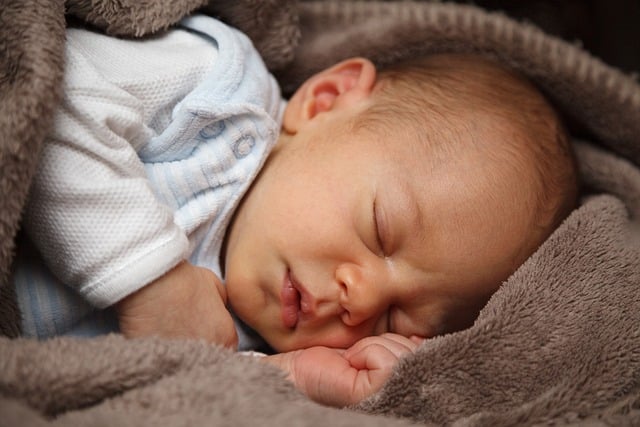As a parent, it’s common to hear your child repeatedly ask, “Is it here yet?” My son, Oliver, has been pestering me with this question for the past few days as he eagerly awaits the return of his cherished security item—his beloved Blankie. Yes, it deserves a capital B. He accidentally left it at his grandma’s house, and since then, he’s inquired about its status no less than 50 times. Bedtime has become particularly challenging, as he struggles to settle down without it.
Both of my kids have their own Blankies, and they’ve rarely spent a night without them. In fact, my older child, Noah, clung to his Blankie every single night until just shy of his 10th birthday. Whenever he felt anxious or fatigued, he would grasp that worn-out fabric, rubbing it against his face while sucking his thumb. Yes, you read that correctly—he was a thumb sucker until he was nearly 10, and his orthodontist assured us it was no cause for concern. With his Blankie in one hand and thumb in his mouth, Noah embodied the essence of comfort.
While Oliver doesn’t suck his thumb, he is equally attached to his Blankie and shows no signs of moving on anytime soon—and that’s perfectly okay with me. Some parents feel compelled to urge their children to part with these transitional items, often due to the hassle of keeping track of them. Believe me, I understand; we once went out of our way for a 40-minute drive just to retrieve a forgotten Blankie. I’ve lost count of how many times I’ve asked, “Do you have your Blankie?” before heading out, only to double-check multiple times. I’ve spent hours searching for it in the most unlikely of places, including the fridge, under beds, and even in the trash (yes, you read that right).
However, contrary to popular belief, these comfort items aren’t a sign of immaturity. Children who rely on them aren’t weak or insecure. Research indicates that comfort objects can help kids feel more empowered and independent, providing a sense of security during challenging situations, such as starting school or sleeping away from home for the first time. Studies suggest that children with Blankies or loveys tend to be less shy and more focused than their peers who don’t have these items.
As Anna Walters noted on Dose, “Their lovey objects are like the first training wheels for telling themselves ‘you’re all right.’” With built-in security, children are more inclined to take small risks and venture out into new experiences. These security items help ease separation anxiety and enable kids to connect with the world around them.
Parents often find themselves apologizing for their child’s attachment to these items, viewing them as socially unacceptable or cumbersome. However, experts agree that one of the best decisions my husband and I made was to allow our children to cling to their Blankies until they felt ready to part with them. As Colleen Goddard, an early childhood educator, stated in Psychology Today, removing or denying access to comforting objects can lead to increased anxiety and discomfort. In fact, research shows that children deprived of these attachments may be more susceptible to emotional disorders.
Security objects foster connections not only between the child and their caregivers but also among peers. The reality is that we all possess security items—whether we recognize them or not. For adults, these might include a cherished photo, a wedding band, or even a comforting handkerchief. According to therapist Mark Brenner, these objects draw us back to “a place and time of great solace and memory.” They help us feel grounded in an often chaotic and unpredictable world.
Experts emphasize that security blankets create a bridge between familiar and unfamiliar environments, aiding in the development of a child’s sense of self—an essential milestone that many of us continue to navigate well into adulthood.
In the end, Oliver’s Blankie arrived in the mail, restoring harmony to our home. While I sometimes pondered whether Noah would take his Blankie to college, he naturally stopped using it before hitting 10. It now sits forgotten at the bottom of my nightstand drawer, waiting patiently for…well, forever. Even though he may no longer need it, I still find comfort in knowing it’s there.
In summary, allowing your child to keep their lovey for as long as they need can foster independence and emotional well-being, while also creating valuable connections. If you’d like to explore more about parenting and security objects, check out additional resources at Healthline. For those interested in home insemination options, visit Make a Mom for more information.
